Just as there are numerous paper varieties with different grammages and textures, paper can be processed in many highly diverse ways. One of the most widespread techniques is hot-stamping, a method used to transfer film to a printable substrate by means of heat. These substrates can be paper, cardboard or textile, among others. To obtain this, two plates are brought into contact: a hot plate holding the etching to be hot-stamped and another one to support it.
When we use stamping in a project, many factors need to be considered in order to obtain the perfect result: the material to be stamped, the type of foil, the machine, the make-ready, temperature and application time. There is no general rule to be followed, and when in doubt the stamper’s advice must be sought. A detailed knowledge of the machines and foils they work with is also essential. We shall now go over the different variables to be taken into account by way of initial guideline. Guarro Casas has a help guide created on the basis of tests performed by Foilco and Kurz in order to obtain the best finishes.
Etching or cliché
It is a rigid metallic mould made of magnesium or copper containing the figures to be reproduced on the material. The difference between these metals is that parts made with copper will maintain the etching’s sharpness for as long as they are used, whereas those made with magnesium gradually lose their sharpness with repeated use. Moreover, one thing that should be taken into account when selecting the paper to which the design will be transferred is that the pressure must be equal over the different points. This means that embossing requires a special type of processing when it is applied, although very good results can also be obtained.
Material
Another one of the factors that should be chosen with precision is the material to be stamped, since it will determine the type of film that will be used. For example, colour papers can affect pigmented or pearlescent foils, and two shots may be necessary (one white and one colour). On the other hand, high grammages for embossing render stamping difficult since they do not distribute the foil optimally on the surface. As a rule, Guarro Casas natural papers such as Geltex withstand all temperatures very well. On the other hand, textiles, Guaflex or Vanol, on account of their composition and type of surface, need their variables to be fine-tuned to deliver a good result.
Stamping foil
In hot-stamping, according to Kurz there are up to six foil grades, although we shall focus on two: graphic and binding. The former are standard-grade, mainly colour, either matt or gloss, although there are also metallic ones. On the other hand, foils for binding are high-grade, mainly metallic and designed for materials that are difficult to stamp, such as textiles or PVC. It is important to make the right choice of foil, because depending on the range selected, the outcome will be cleaner, the ink will be released better when it is transferred to the material or will provide better coating.
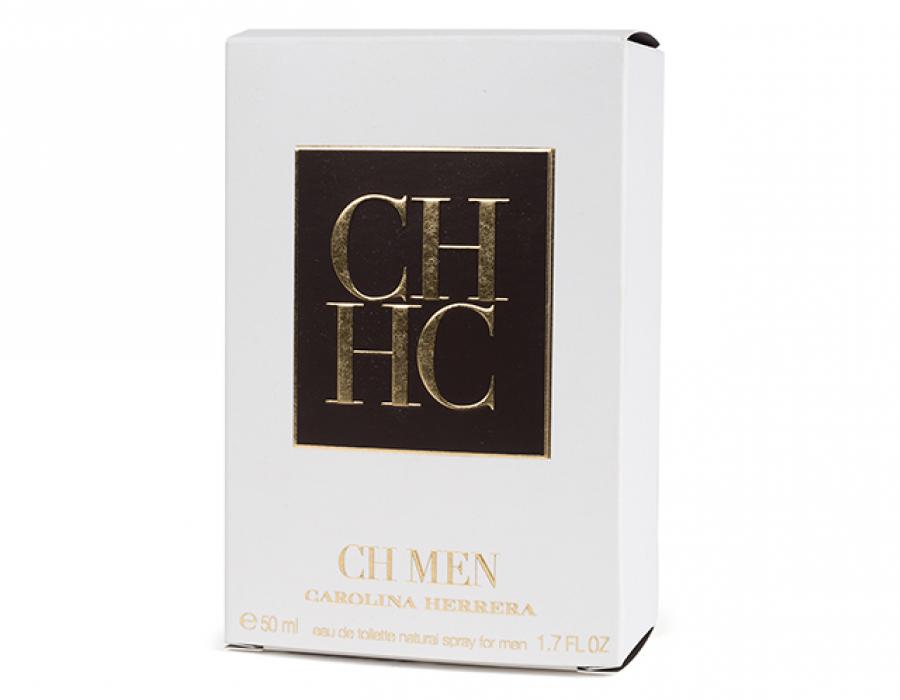
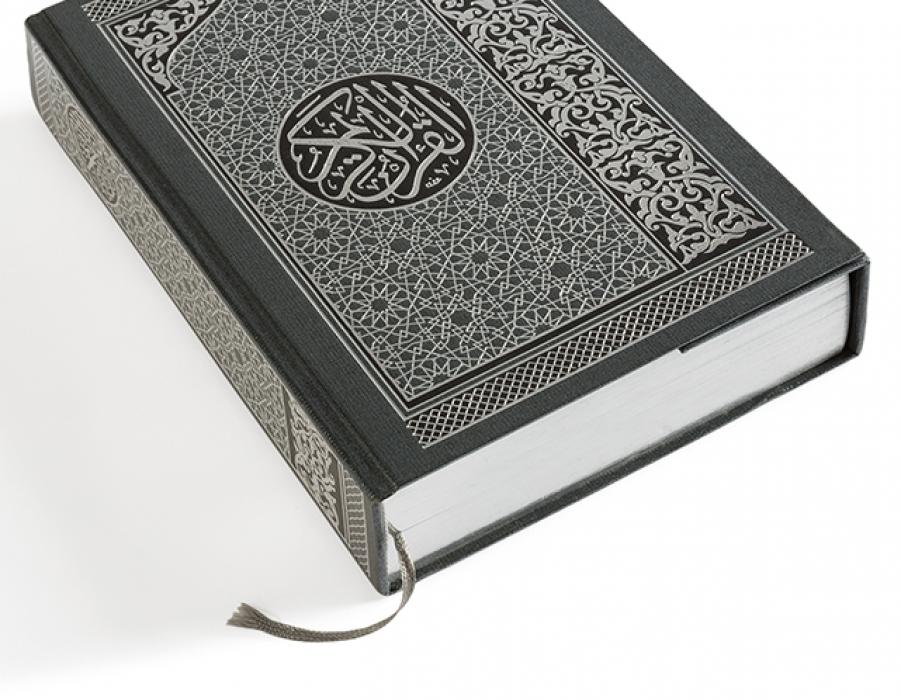
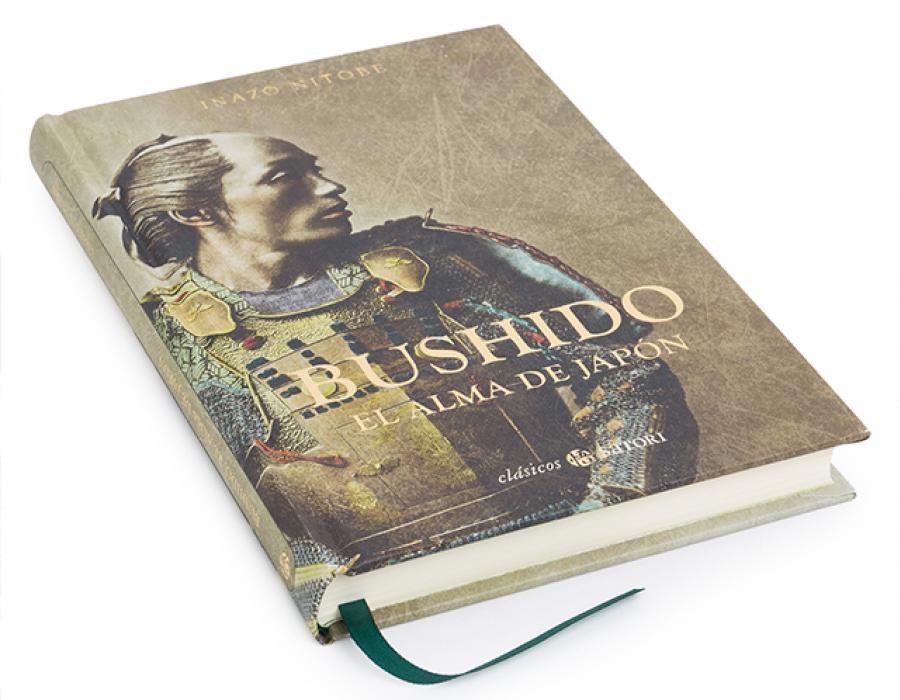
Machine
Here, there are also different options, and the choice will depend on the material and the amount to be produced. Minerva machines are ideal for short runs and both the paper and the etching are placed flat. In fact, they are old printing machines repurposed for stamping and operate by means of two flat platens brought into contact in a movement that resembles a book being opened and closed. They operate at a temperature of between 130°C and 150°C.
In flat cylinder stamping machines, on the other hand, the etching lies flat, although the pressure applied is cylindrical. This roller, which is used to press, creates a single point of contact, thereby avoiding the creation of bubbles or wrinkles. This makes it the ideal tool for large and solid surfaces and it works at a temperature between 170°C and 190°C.
There is one final type of machine: the vertical hot-stamping machine. It operates like the Minervas, since the pressure and etching plates are both flat, although in this case they run parallel to each other, one above the other (like a seal or stamp). It is ideal for finely-detailed work, such as wine bottle labels, and has a high operating speed with a temperature ranging between 130°C and 150°C.
Make-ready
There are many different types of make-ready, depending on project needs, although there are three common ones: presspahn, superpress rubber or rubbercloth and hard surfaces. Presspahn make-readies are made of fairly hard cardboard in different thicknesses and are the most commonly used types on account of their low cost. Their composition permits a slight pressure on the material to be stamped and they are ideal for fine and medium details. On the other hand, superpress or rubbercloth rubber is created by means of laminated rubber and textile. This option permits greater material compression and is perfect for solid areas. Finally, hard surfaces are comprised of strong and robust materials (the most common ones are crystal epoxy, polyurethane and Bakelite) They help to prevent the material from being marked at the rear and work particularly well for medium and fine details.
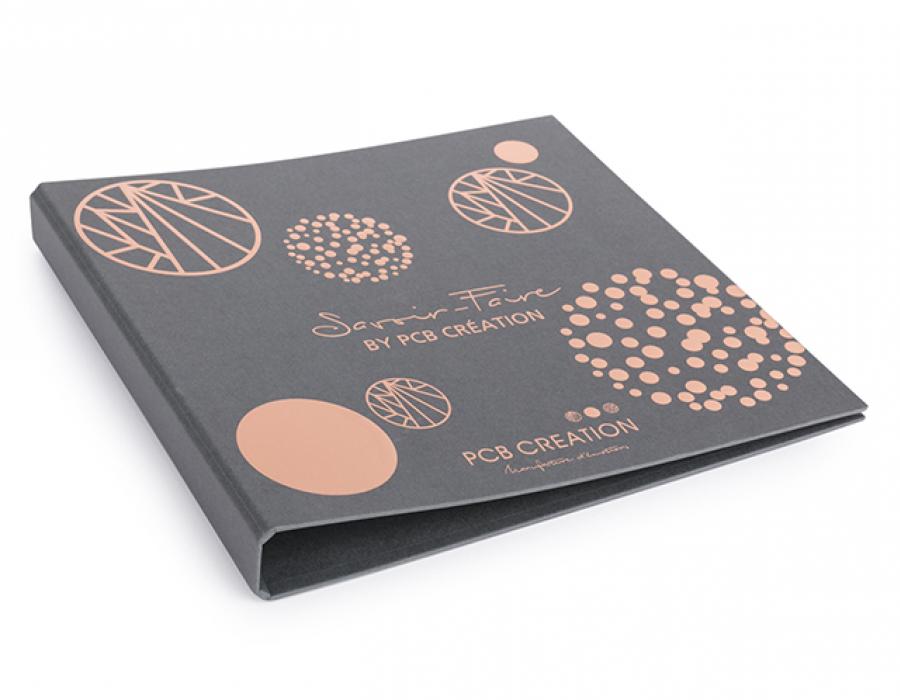
Temperature
As already mentioned, each machine works at different temperatures, although as a rule they can be divided into two ranges: the Minerva and vertical hot-stamping machines between 130°C and 150°C and the flat cylinder machines between 170 and 190°. This is an important factor, since some materials may melt (such as PVC) if very high temperatures are applied to them, whereby their use is restricted to jobs involving lower temperatures. The material may therefore determine the machine to be used, which in turn will establish the right foil, depending on the details of each manufacturer.
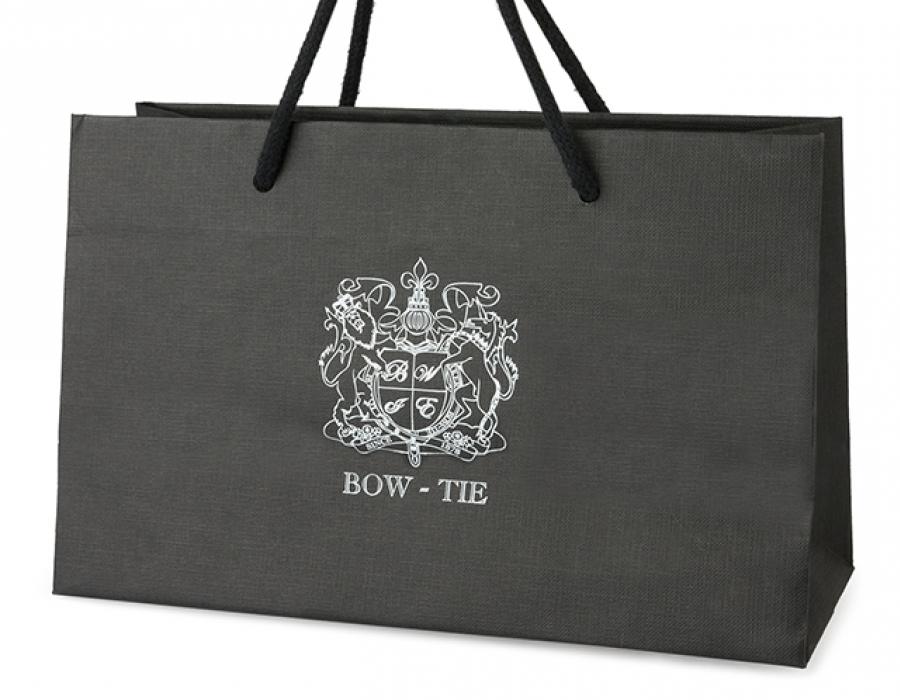
Time
Finally, the last variable to be taken into account in proper hot-stamping is time. It affects the amount of ink transferred to the material: short times are required for fine details, whereas application must last longer for solid areas. It is important to control this factor very precisely, since an over-long process may lead to a loss of gloss in bright colours, pale or greyish hues in metallic colours and even overflow out through the sides.
